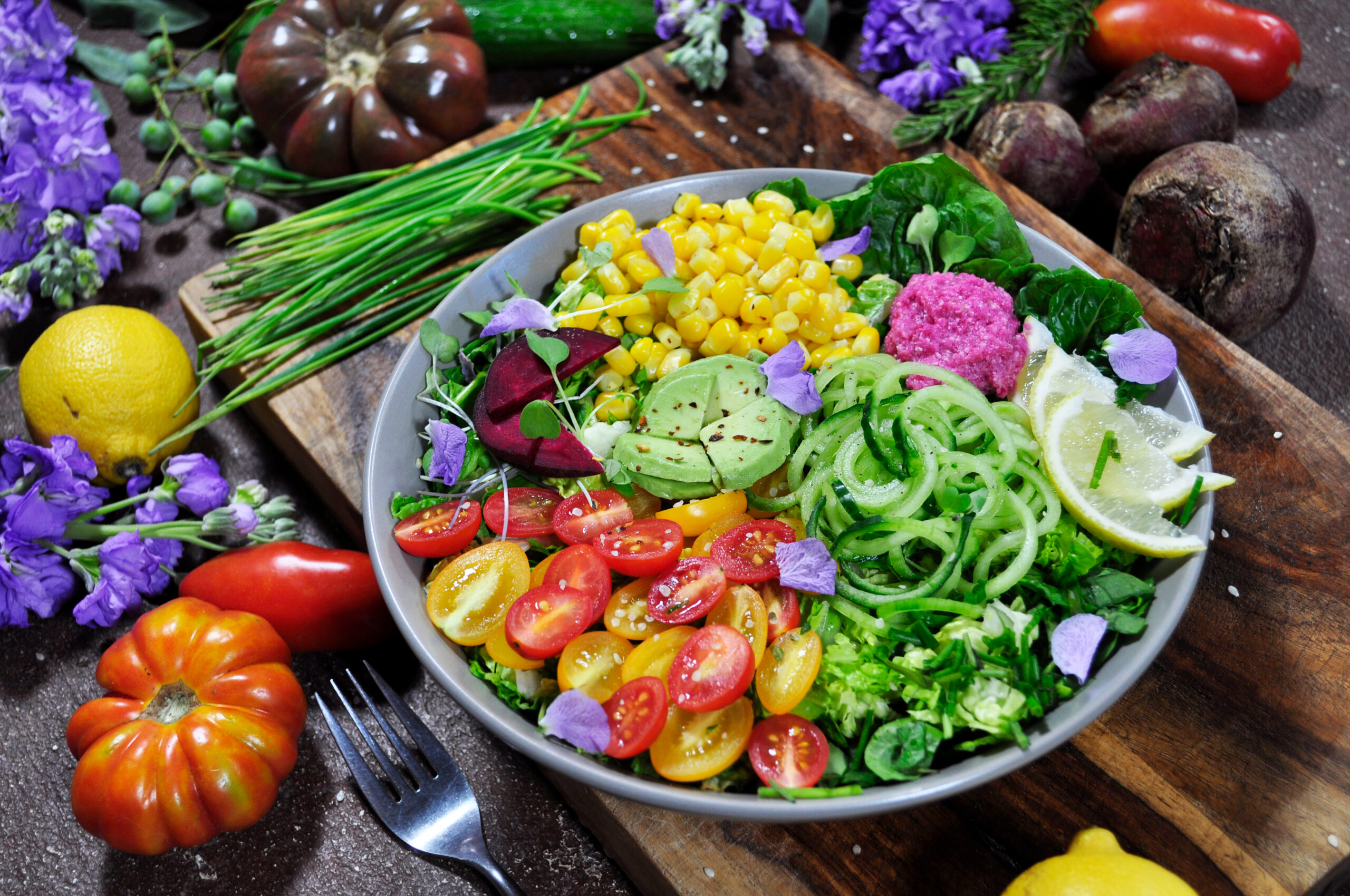
There's a simple yet powerful way to radically enhance your gut health that many people overlook: eating a wide variety of plants. While probiotic supplements, fermented foods, and other gut-friendly practices get a lot of attention, the sheer diversity of plants in your diet may be the most impactful factor of all.
Why Plant Diversity Matters So Much
The trillions of bacteria living in our intestines, collectively known as the gut microbiome, play a central role in nearly every aspect of health. Far from just aiding digestion, these microbes influence our metabolism, immune function, mental health, and more. The greater the diversity of beneficial bacteria, the better our overall health tends to be.But to support a diverse, well-balanced microbiome, we need to feed it a diverse, well-balanced diet ― especially when it comes to plants. Fruits, vegetables, whole grains, legumes, nuts, seeds, and herbs each contain unique combinations of fiber, polyphenols, and other microbiome-accessible carbohydrates (MACs) that nourish different strains of good gut bacteria.
Falling Short on Plant Foods
Unfortunately, the standard American diet sorely lacks this necessary variety. Ultra-processed foods high in refined carbs, unhealthy fats, and additives dominate many people's daily meals, while whole plant foods get sidelined. Studies show only 1 in 10 American adults meet the minimum recommended intake of fruits and vegetables.Even health-conscious eaters who prioritize plants often get stuck in a rut, relying on the same handful of produce standbys week after week. Kale, apples, almonds ― while undoubtedly nutritious, these popular picks alone cannot adequately feed the thousands of species in a thriving microbiome. Repetitive diets, even healthy ones, may allow less-nourished strains to dwindle over time.
Simple Ways to Maximize Plant Intake
A target of 30 different plants weekly may seem daunting at first. But by making plant diversity a priority and employing a few simple strategies, it quickly becomes an enjoyable, intuitive part of your routine. Here's how to expand your plant horizons without feeling overwhelmed:
- Keep a diversity jar on hand. Fill a jar with an assortment of nuts, seeds, and dried fruit to grab for snacks or to sprinkle on yogurt, oatmeal, salads, etc. Having 10+ varieties easily accessible makes it effortless to check several off your weekly list.
- Branch out with herbs and spices. Experiment with less common seasonings like sumac, smoked paprika, or garam masala to liven up ordinary dishes.
- Maximize variety in one-pot meals. Soups, stir-fries, grain bowls and casseroles provide an ideal opportunity to cram in a medley of veggies, legumes, and grains.
- Preserve peak-season produce. Freeze berries, can tomatoes, ferment cabbage ― capturing local, seasonal bounty lets you enjoy a wider range of plants year round.
- Sip herbal tea blends. Replacing a few cups of coffee or black tea with diverse herbal brews infuses added plant power. Look for flavorful mixes like Rooibos chai, lemon ginger, or hibiscus mint to effortlessly up your count.
Beyond the Numbers
As you strive to hit your 30-plants-per-week target, remember that variety encompasses many dimensions. In addition to cycling through different genera and species, aim to "eat the rainbow" of vibrant natural pigments, each with distinct antioxidant benefits. And beyond plant foods themselves, diversity in preparation also matters. Raw, cooked, fermented, sprouted – each process unlocks and transforms the bioactive compounds in plants uniquely. Including all these forms diversifies the prebiotic substrates available to microbes.
Plant Power for Resilient Health
Metabolic diseases, allergies, autoimmune conditions ― while multifactorial in origin, all share links to impoverished microbial diversity.Restoring a thriving, diversified inner ecology by celebrating the vast variety of plants holds extraordinary potential to redirect these epidemics at their source. Simply by filling your plate with a wider array of nature's offerings, you join a movement to revitalize not only personal wellbeing, but the resilience of public health on a global scale.So the next time you sit down to a meal, pause for a moment to count the multitude of plants before you. Can you identify a dozen different species at a glance? Did vibrant turmeric, crisp daikon, or tangy sorrel make it into the mix this week? Celebrate each addition as a small but mighty step toward replenishing the diversity that keeps you, and the planet, healthy and resilient.
AD
Most Recent
AD
